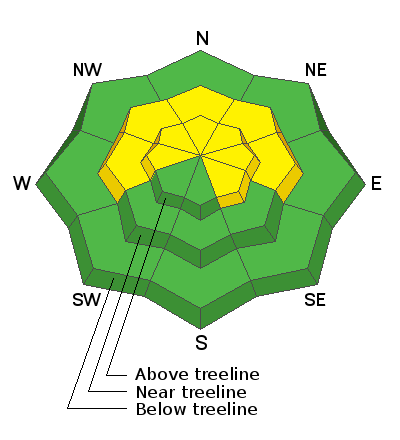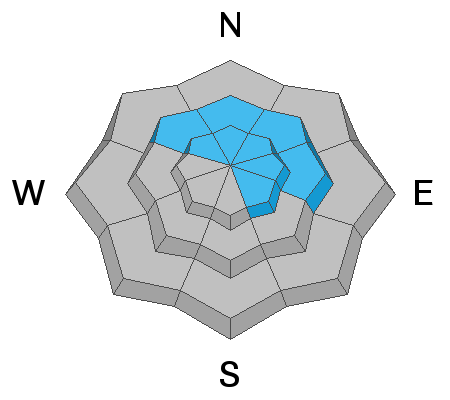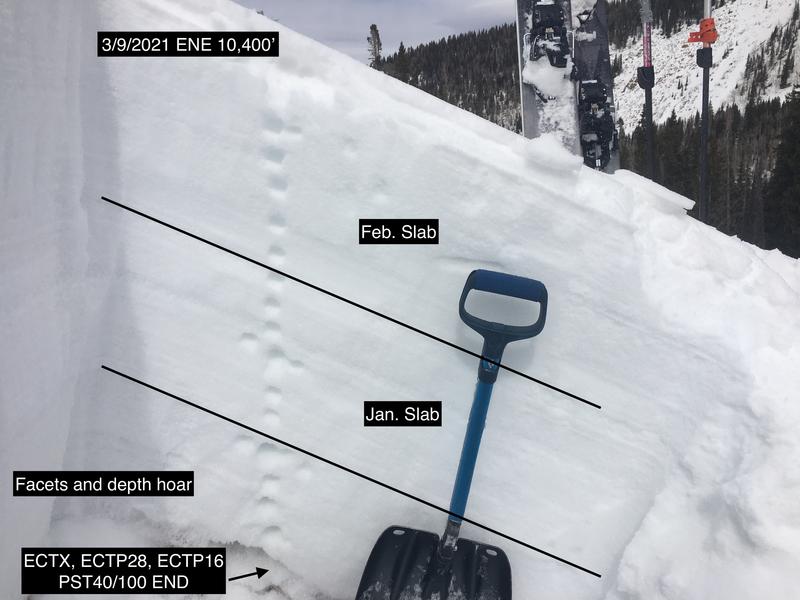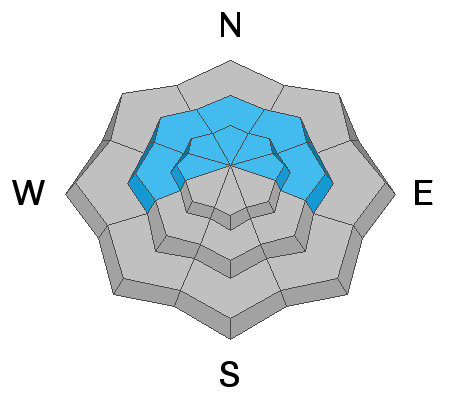Forecast for the Moab Area Mountains

Issued by Eric Trenbeath on
Thursday morning, March 11, 2021
Thursday morning, March 11, 2021
The avalanche danger is MODERATE but expect a rising danger over the next few days. Be alert to changing conditions and increasing signs of instability such as blowing and drifting snow and cracking in the snow surface. Strong southerly winds are creating fresh deposits of wind drifted snow on northerly aspects near and above treeline. As more snow accumulates, drifts will become more sensitive and more widespread. Look for them on the leeward sides of ridge crests and terrain features such as gully walls and sub ridges and avoid steep slopes with recent deposits of wind drifted snow. On steep slopes facing NW-N-E-SE it is still possible to trigger an avalanche on a buried persistent weak layer. Thin snowpack areas near rock outcroppings and along slope margins are likely trigger points. Avoid steep convexities and blind break overs.

Low
Moderate
Considerable
High
Extreme
Learn how to read the forecast here









